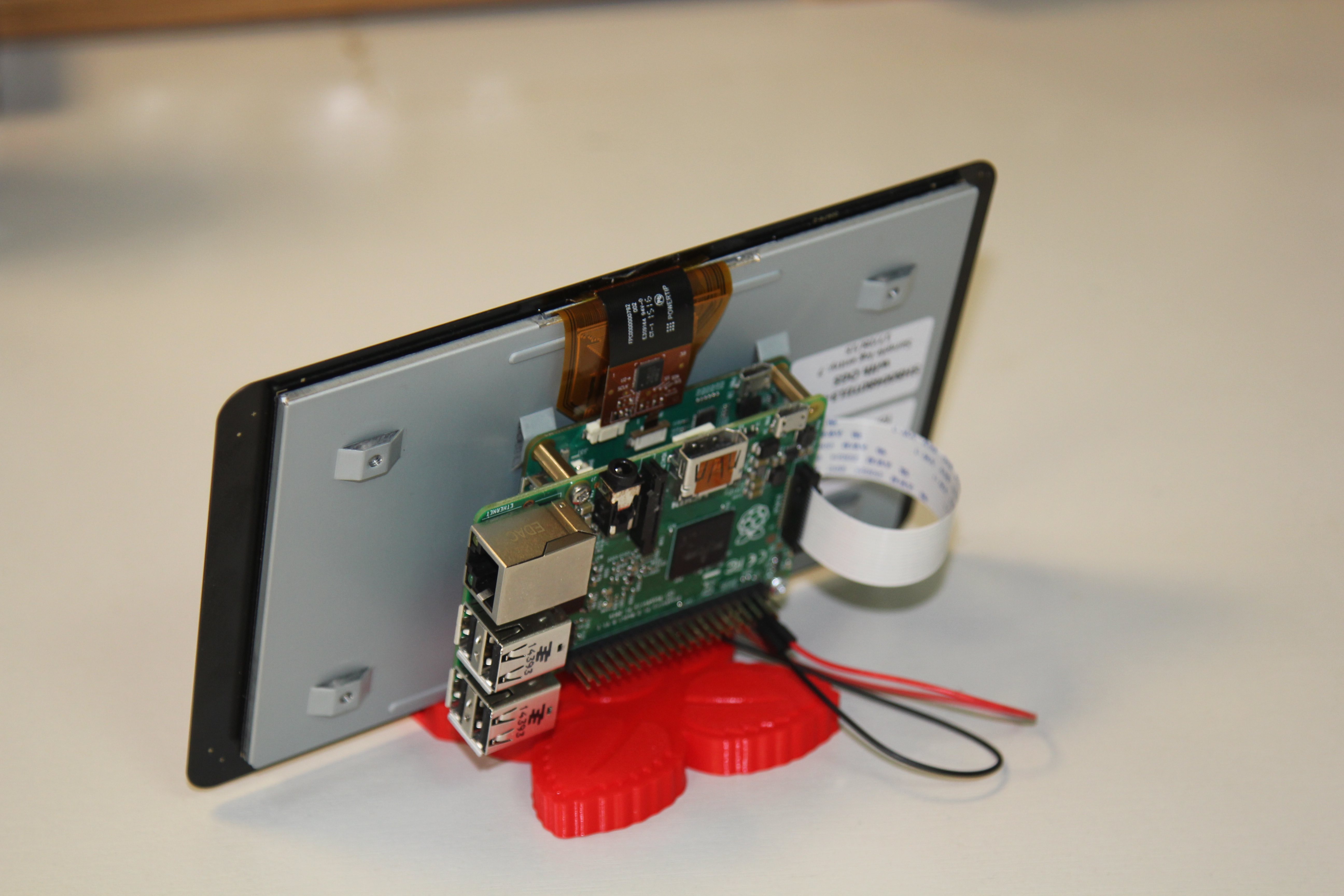

If you do feel a certain plugin is unnecessary for your needs, just comment out the LoadPlugin statement and the directive.


Here we specified 60 seconds, meaning collection will happen every minute. Interval determines how often collectd will collect and write the data. If there is another tool which can be used, that would be great too.You can choose any hostname you want, but make sure you later adapt your Grafana queries accordingly. If I can get this tool to display that, that would be great.

Ultimately I just want an accurate measure of bandwidth utilization. Web.statistics.1.content.9.ds_graph_send.lines= Web.statistics.1.content.9.ds_graph_send.label=Upload bandwidth (bits) Web.statistics.1.content.9.graph.2=wifi_received Web.statistics.1.content.9.graph.1=wifi_send Web.status.1.content.9.line.1="WiFi Sent: "+KMG(data.wifi_send)+" Received: "+KMG(Math.abs(data.wifi_received)) + "" #ĭynamic.17.source=/sys/class/net/wlan0/statistics/rx_bytesĭynamic.18.source=/sys/class/net/wlan0/statistics/tx_bytes I found a sample nf file that might meet my needs here but it doesn't the display is the same. Including nf only displays bytes in and out like so. This is displayed on the monitoring web page: The rpimonitord man page mentions /etc/rpimonitor/nf. Currently I'm using wifi but I'd like to be able to experiment with ethernet cable as well. RPI-monitor seems to do disk, memory & cpu out of the box but requires some configuration to monitor the network.īut it's unclear from the doc exactly how to display bandwidth utilization. I'd like to monitor network, disk, memory & cpu. I need to do some stress testing on some raspberry pi's and I'm trying to setup monitoring tools to detect which resource is the bottleneck in various scenarios.


 0 kommentar(er)
0 kommentar(er)
